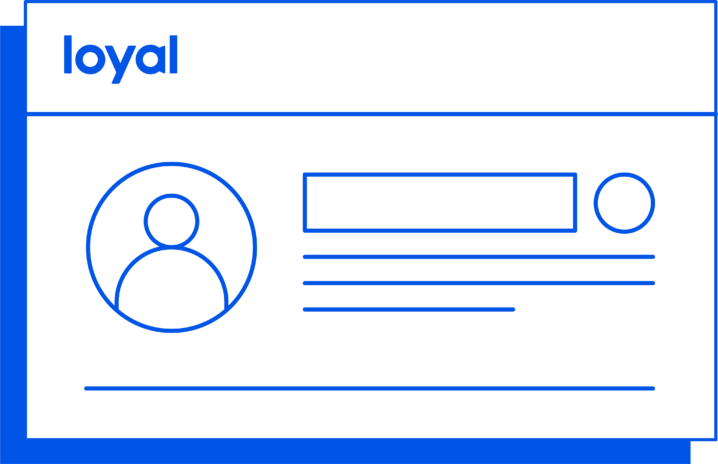Consumer experience is heavily influenced by customer service. That’s why it’s important for healthcare providers to implement solutions that address common customer service issues. According to a Consumer Report, the top complaint among consumers is the inability to get a live agent.
That’s where live chat offers a solution.
Live chat is a valuable alternative to calling into a contact center and waiting for a live agent. In fact, 79% of consumers say they prefer live chat because of the immediacy it provides, and live chat also has a 73% satisfaction rate as a way for consumers to interact with businesses.
However, simply throwing live chat on your healthcare website and hoping for the best isn’t an effective solution. There’s a lot more that goes into creating a successful consumer experience. Here are 5 best practices for live chat to improve the consumer experience and deliver results.
Here are 5 best practices for live chat to improve the consumer experience and deliver results
Be Ready to Respond
Live chat isn’t effective if there isn’t someone on the other end of the conversation. That’s why it’s important to ensure the right number of agents are available to handle conversation volume throughout the day.

One way to quickly establish staffing guidelines is to analyze chatbot usage data. Since chatbots are available 24/7, that data can provide insight into consumer behavior and indicate periods of high usage. By using an analytics platform to identify spikes in activity, health systems can determine the most impactful times for staffing agents. Similarly, staff can be reduced or allocated to other tasks such as additional digital contact methods during periods of low volume.
Bonus tip: Posting live chats hours on your website will set expectations for when agents will be available. This consistency allows health systems to train their consumers to seek this lower cost contact method.
Set Governance Controls
One of the benefits of live chat is the ability for agents to handle multiple requests simultaneously. However, if an agent is overwhelmed with too many conversations at once, then the high response time can negatively impact an agent’s ability to complete requests in a timely manner. That’s why setting governance controls is important.
Governance controls allow a health system to set a cap on the number of conversations an agent can handle at once. They can also set a minimum number of agents required for live chat enablement. This way, agents can focus on ensuring consumers receive answers and leave with a positive experience.
Set a Maximum Wait Time
How do healthcare consumers benefit from live chat if the wait time is just as long as the contact center? Consumers turn to live chat for the reduced wait time, so set up a maximum wait time to ensure they don’t wait too long.
After the maximum time passes, consumers will be sent back to the chatbot environment with next step instructions and the opportunity to use the chatbot for continued support.
Get the Word Out
Live chat is only effective if consumers use it, so it’s important to let them know it’s there. Prompting website visitors with a notification, whether it’s a sound or a message welcoming them to the site, will increase the likelihood that they utilize the feature. For example, a friendly message reading, “Hi, welcome to our site. Can I help answer something for you?” is an easy way to encourage a conversation


The simple prompt can inspire consumers to reach out, which could translate to a positive digital experience for the consumer, reduced call volume to your contact center, or other countless benefits to your health system.
Additional marketing on the website or the contact center’s phone greeting can encourage consumers towards using live chat.
Have a Goal
Is the goal to have questions resolved in less than a minute, or to alleviate non-revenue generating calls to the contact center? Establishing a goal ensures agents have a metric to strive for when helping consumers find the answers they need, or resolving an issue.
Bonus tip:
An effective way to reduce the time to resolve an issue is by gathering consumer identification information prior to live agent transfer. This will allow the agent to immediately focus on resolving the consumer request, saving valuable time.
Live Chat + Conversational AI
Conversational AI solutions, like Loyal’s chatbot Guide, not only help consumers find answers, but enhance the benefits of live chat. With natural language processing (NLP), conversational AI can identify a consumer’s intent and initially provide basic information via bot responses. When a consumer has additional, more detailed questions, the bot can then transfer the request to the corresponding department, or agent. For example, if the chatbot recognizes the consumer is asking a billing-related
question, then it will make sure the consumer is transferred to the billing department. This improves live agent efficiency and prevents the frustration of an incorrect transfer.
As healthcare consumers continue to expect more from their providers, it will become increasingly important for healthcare websites to provide additional communication channels and technology solutions that improve the digital patient experience.



